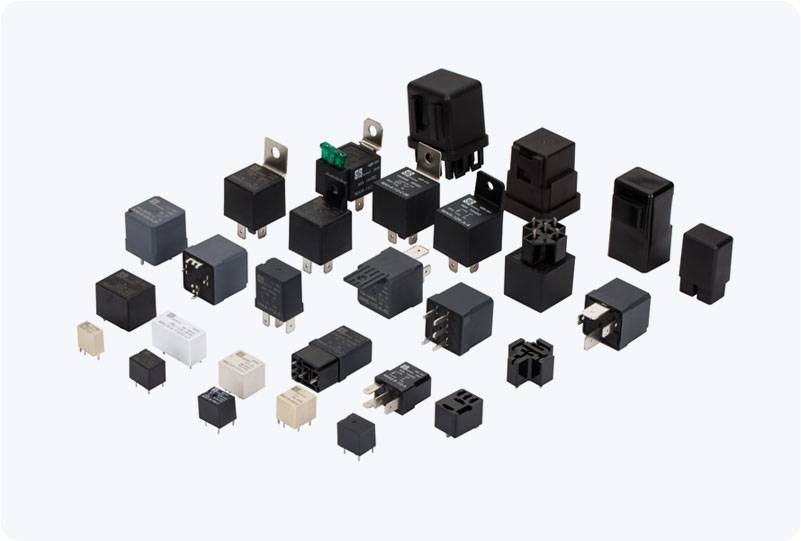understanding the role of precharge relay in electric systems
Release time:2025-05-08 15:47:08
A Precharge Relay plays a crucial role in the operation of many electrical systems, particularly in devices with high-voltage capacitors, such as electric vehicles (EVs), power supplies, and various industrial machinery. Its primary function is to prevent inrush currents that could potentially damage sensitive components when the system is first energized. This article delves into the significance of Precharge Relays, their working principles, and why they are integral to the longevity and safety of electrical circuits.

What is a Precharge Relay?
A Precharge Relay is an electronic component that gradually charges a capacitor or other storage devices in a system to a safe voltage level before the full current is applied to the rest of the circuit. The relay is placed between the power supply and the capacitor, acting as a buffer or intermediate between the high-voltage source and the sensitive components of the circuit.
When an electrical system is powered on, capacitors within the system can experience a large inrush of current, often referred to as inrush current. This current is much higher than the normal operating current and can stress or even damage various components, including circuit boards, resistors, and other key elements. The Precharge Relay mitigates this issue by first allowing a small, controlled amount of current to flow through the circuit, thereby charging the capacitors gradually. Once the capacitors reach a specific voltage threshold, the relay closes, allowing the full current to flow through the system without causing damage.


